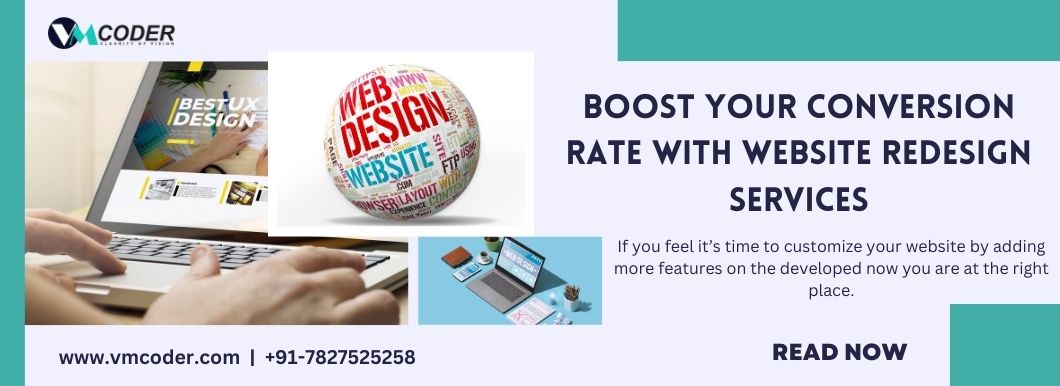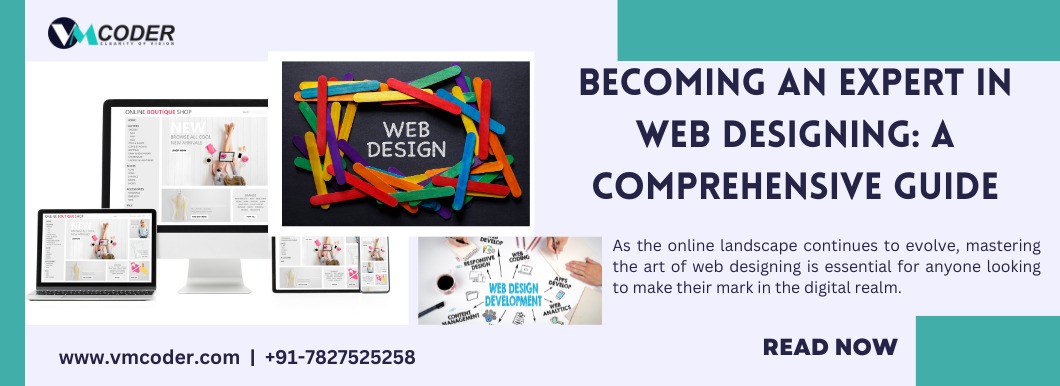Learn How To Use Images In Web Designing
Our expectations of a website change constantly as web standards rise. We need to find information quickly, socialize, and be entertained, and all of that should be done on a personal level. The utilization of a variety of engaging media is crucial to developing efficient, beautiful, and personable websites.
What kind of media are we talking about? Anything you can utilize to deliver a message on your websites, such as videos, audio, graphics, or photos. While many of these can improve the user experience, the media you choose should be appropriate for your major target audience, including all of their expectations, abilities, and constraints. Consider the devices visitors will use to access your site, as well as any technical limits.
For the time being, let’s concentrate on a medium that consistently improves the user experience – when utilized properly, of course: images. Here are five tips to help you get the most out of every image on your website
1. Use relevant Images
You want to make sure that the photos you use in your website’s design are relevant. Images are supposed to complement a page and serve as a visual help for the topics you cover. You must make certain that the photographs on your page are relevant. You wouldn’t include a photo of banana bread on a page about how to bake an apple pie, would you? It will not be considered relevant. On your page, your images should make sense. Consider what photos you would expect to see if you were a visitor to your site. Your audience might expect to see photographs of air conditioners, heating systems, fireplaces, or a person installing a system if you are an HVAC firm. These are images that complement the content. The crucial thing is that you aren’t just using photos for the sake of using them. They should offer value to your page and provide a beautiful visual representation of your material to your viewers.
2. Use Original Images
While stock photos can be useful for boosting a website's visual appeal, using original photographs can have a more significant impact on your audience. Original images add authenticity to your site and give visitors a deeper sense of who you are and what you do. Consider using photos of your business, products, or employees to provide an inside look into your company's operations. This personal touch helps visitors connect with your brand and better understand your values and offerings.
3. Using Creative Logos
The company logo is the one image that you are most likely to see on any website. The logo has a unique role to play, as it serves two purposes. For starters, it aids users in recognizing a website and assures them that they are exactly where they want to be. Second, by displaying your logo on every page of your website, your visitors will know they haven’t left yet. Always try to keep the logo in the same place. It can be extremely beneficial to provide this consistent element of recognition, especially when you offer varied information that necessitates a different site style.
4. Focus on rescaling and cropping
When choosing a photo to use on your page, consider how it will be cropped. This is critical for any photographs in headers or prominently featured on your website.To accommodate different screens, some of your photographs will need to be cropped. On a desktop, your image may be full-size, but on a mobile device, it will be half-size. You must ensure that your image will crop nicely so that all users will have the same experience with the photo.
You should think about how you’ll crop and scale your images. Some photographs may be too large to fit on your site, so you’ll have to resize them to make them fit. You may also need to crop some of the photographs that are embedded in your pages.
5. Choose Background Images Wisely
Background photos are a terrific method to offer your visitors an immediate idea of what your site is about or to create a unique mood on your site. Make sure you understand the impact your background image will have on your visitors. Then include it in your design and test it to ensure that it achieves the desired result. Background photos have the potential to make your site look cluttered, especially if there is no obvious separation between background and text. Check out this list of websites for some amazing examples of how to use large background photos on a website that works.
While a variety of media can be employed to improve a website’s user experience. Images remain the most widely used and ubiquitous medium. We enjoy visuals because they are convenient, engaging, and simple to remember. Images, when used correctly, can draw and direct visitors’ attention, elicit emotions, and establish trust.
Conclusion:
In conclusion, web design should be an ever-evolving process that adapts to the changing expectations of users. By leveraging a variety of engaging media, with a primary focus on relevant and original images, web designers can create immersive and captivating online experiences for their target audience. The careful consideration of media choices, along with an understanding of the audience's preferences and technical constraints, will lead to websites that stand out in today's dynamic digital landscape. As technology and design trends continue to evolve, embracing innovative ways to incorporate media elements into web design will be vital in providing exceptional user experiences and achieving online success. So, let's continue to harness the power of engaging media to shape the future of web design and create websites that leave a lasting impression on users.
Written by :
Shweta Bhatia
Leave a Reply
Your email address will not be published. Required fields are marked *






